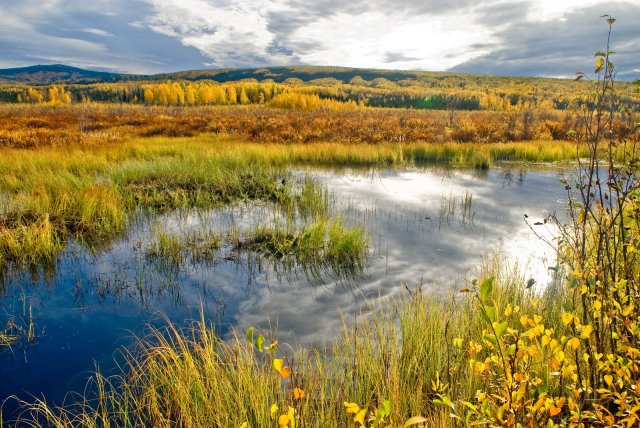Examples of State and Tribal Wetland Programs
Since 2008, EPA has invested in state and tribal wetland programs by providing financial and technical assistance as part of our Enhancing States and Tribes Program (ESTP). States and tribes play important roles in protecting and restoring wetlands and other water resources. States and tribes adopt practices within our Core Elements Framework to complete various projects, such as restoration and protection, monitoring and assessment, Water Quality Standards and regulatory activities such as Clean Water Act section 401 certification for projects.
The stories below have been identified by the EPA as examples of how states and tribes are implementing the Core Elements Framework to enhance and protect their resources. We celebrate these states and tribes that are making a difference to improve America’s water resources and invite you to read their stories!
EPA Region 1 - New England
Maine's Comprehensive Wetland Program is Built Upon Monitoring & Assessment
Armed to Secure: New Hampshire's Aquatic Resource Mitigation (ARM) Fund
EPA Region 2 - North East
New Jersey's §404 Permit Program
EPA Region 5 - Great Lakes Region
Ohio Uses Wetlands Program Development Grants to Protect Wetlands
Michigan Integrates Wetland Assessment into Watershed Protection
Minnesota Uses Florstic Quality Assessment to Enhance State Monitoring Efforts
EPA Rgion 6 - South Central
Maumelle, Arkansas: Protecting Wetlands and Sustaining Urban Growth
Oklahoma’s Road to Water Quality Standards for Wetlands
EPA Region 7 - Midwest
Kansas Protects and Restores Wetlands, Streams and Riparian Areas
EPA Region 8 - Mountains and Plains
Montana-The Story of Story Mill-A Community Working to Restore Wetlands
EPA Region 9 - Pacific Southwest
California Creates Rapid Assessment Method for Wetland Protection
Planning in California Pays Off for Wetlands
Hualapai Tribe Protects Resources Through Enhancement of Pivotal Spring
EPA Region 10 - Pacific Northwest
Tribal Wetlands Working Group (TWWG)

